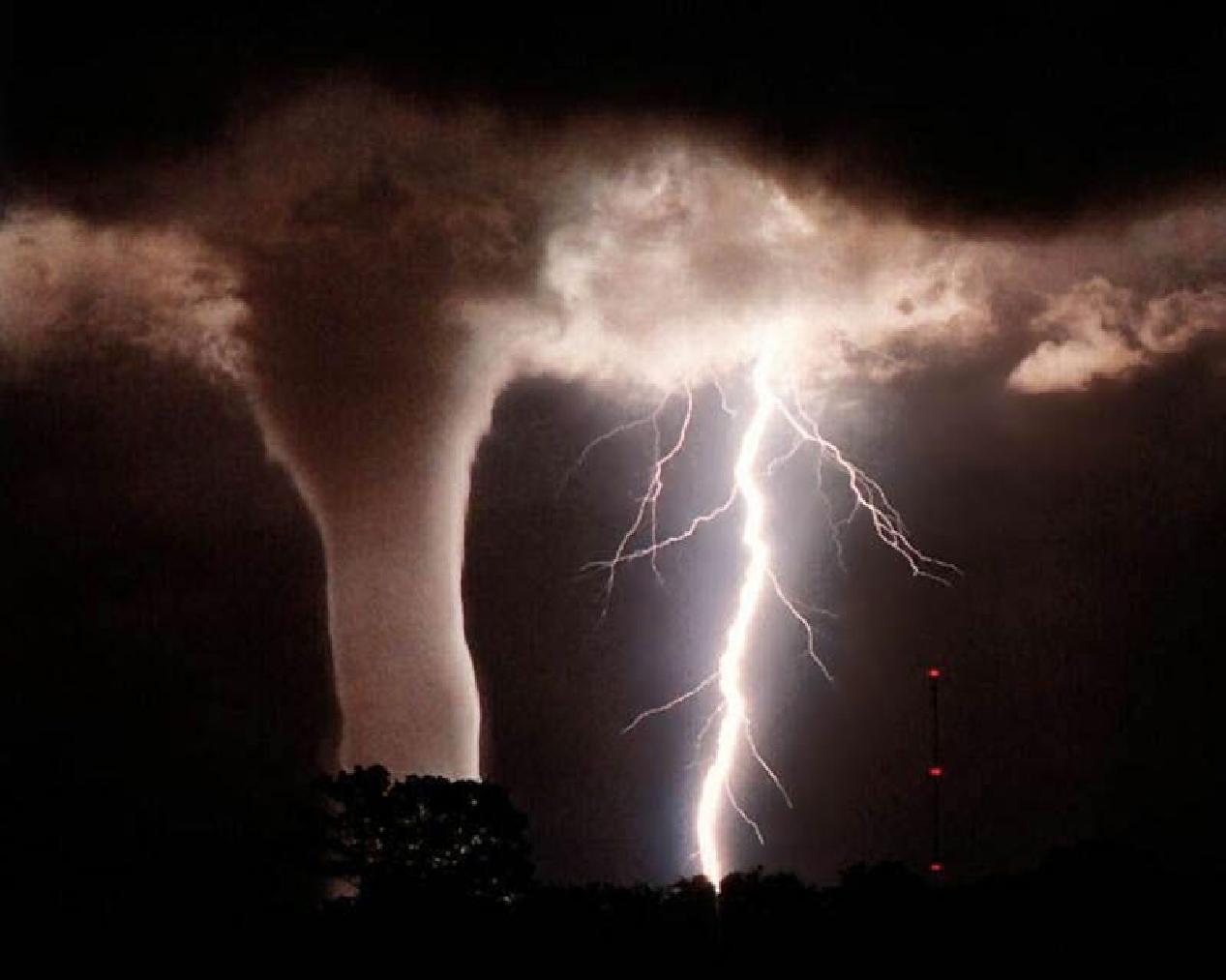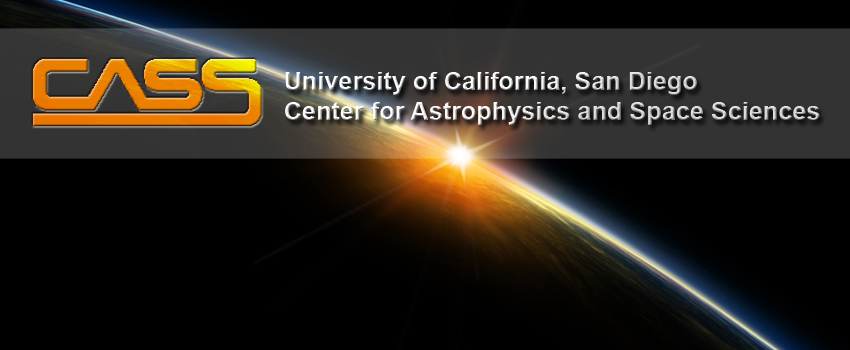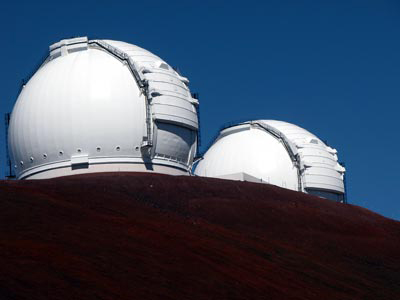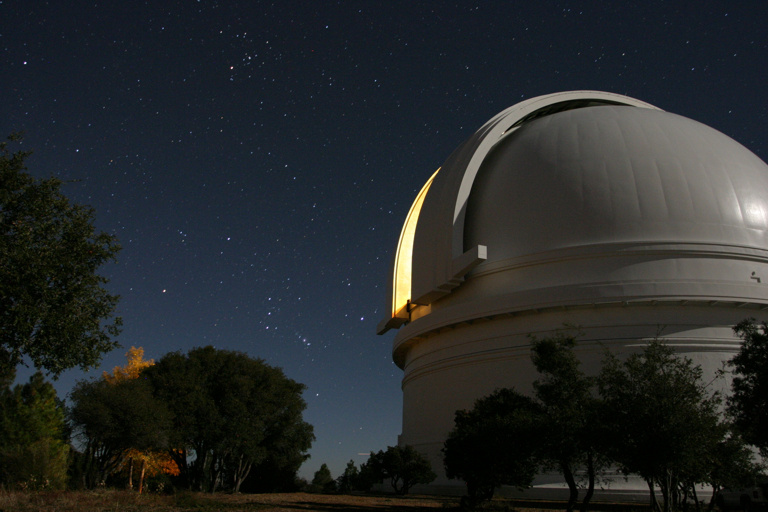 |
|
Office:
AR 315
Calendar |
|
Home
Lyman break galaxy interactions at z ~ 3
I am leading several related projects that investigate the
observed and predicted behavior of close and interacting
LBGs at z ~ 3. We are using deep Keck optical
imaging and spectroscopic surveys (Cooke
et al. 2005), deep
Palomar and
Large Binocular Telescope
infrared spectroscopy, and an analysis of a high resolution
hybrid numerical/analytical cosmological simulation (Berrier & Cooke 2011) to examine spectroscopic
interacting galaxy pairs and spectro-photometric close
pairs. Relationships found between spectroscopic properties
and pair separation (Cooke
et al. 2010) and the clustering behavior of LBG
sub-types (Cooke & Omori 2011b, in prep.), is
providing valuable insight regarding the morphological
changes and triggered star formation LBGs encounter from
interactions, connections between restframe UV and optical
properties, the LBG merger rate, and implications on
assembly histories from spectroscopic indicators. The
discovery of the luminous LBG-2377
(image on right) has provided some key data for
this work (Cooke et al. 2008b).
Click here to access the ADS link displaying a list of
articles describing this work and other research of mine.
|
|
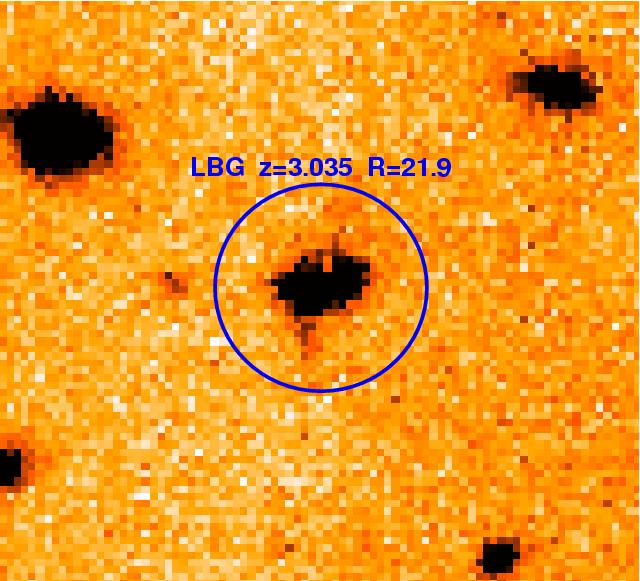
A false color (negative) image of
interacting Lyman break galaxies
(termed LBG-2377) comprise the brightest LBG at
z ~ 3 known to date (Cooke et al. 2008). These
"embryo" galaxies show evidence that they are merging and
provide information on the physical properties and formation
processes of galaxies about 11.4 billion years ago, when the
universe was only 15% its current age.
| LBGs, like those above, are visible because
they are undergoing a burst of star formation. One cause of
this burst may be the merging of galaxies, as is the case for
the much closer galaxies NGC 4038 and NGC 4039 (image to the
right) known as the Antennae Galaxies. |
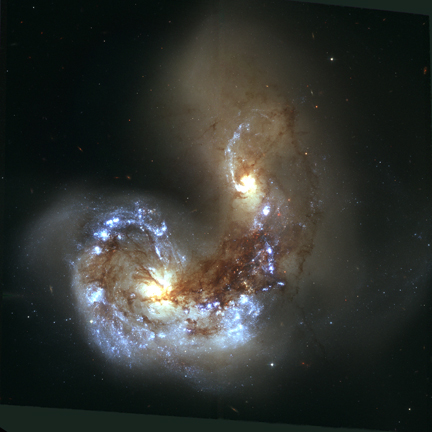 |
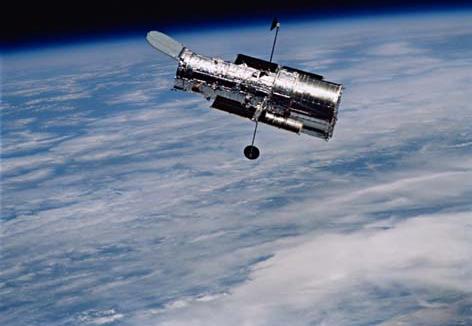
The Hubble Space Telescope
| The Milky Way can be seen, as well as two
of our closest companion galaxies, the Large and Small
Magellenic Clouds, in this long-exposure image of the 4
meter telescope at
the CTIO
located in the Southern Hemisphere (Chile). |
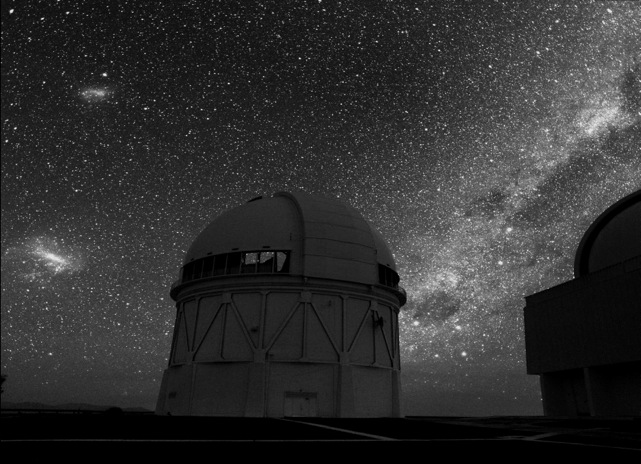 |
|




